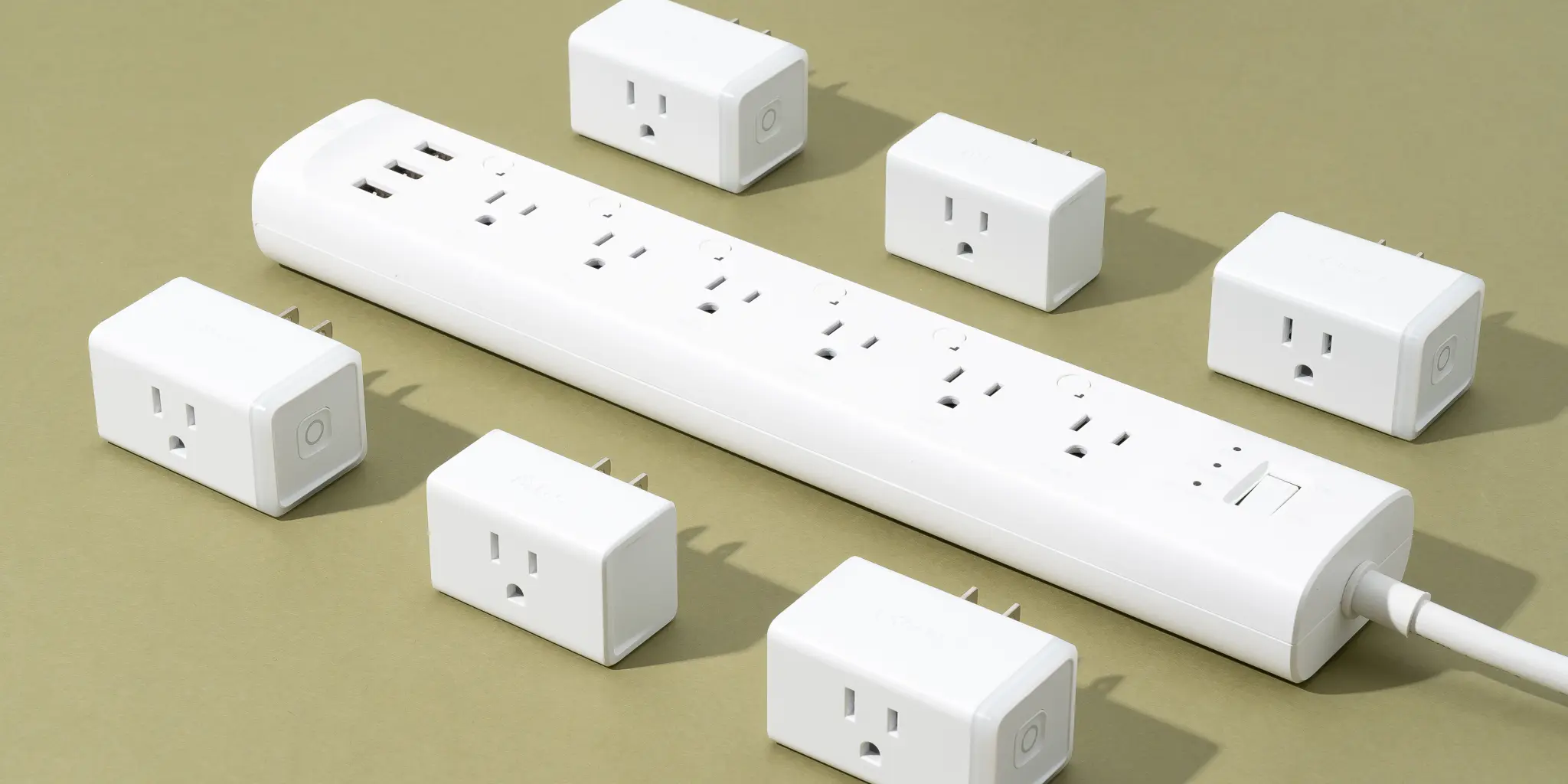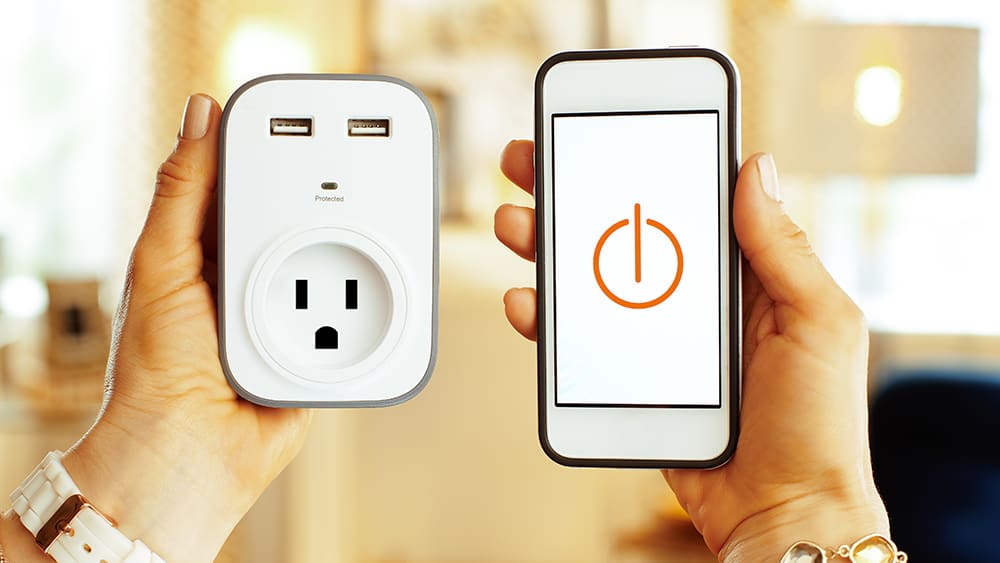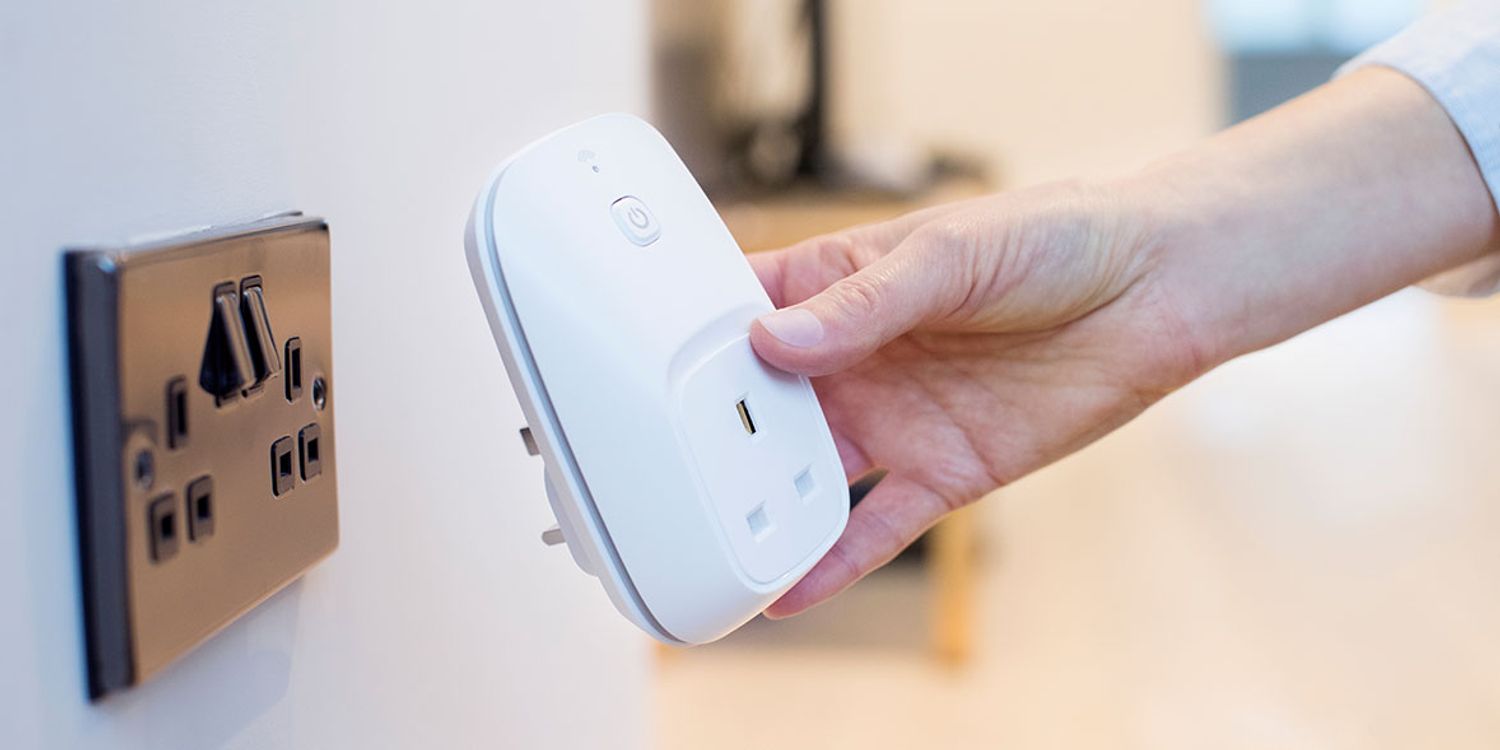Introduction: What is a Smart Plug?
Smart plugs are simple, small devices that you plug into a standard wall outlet. They connect to your Wi-Fi network, allowing you to control whatever is plugged into them from a smartphone app. Essentially, they’re an affordable, convenient way to turn your regular electronics into "smart" devices. By using smart plugs, you can remotely control your lights, appliances, and even chargers. They are the first step into the world of home automation, making life easier and more energy-efficient.

Why Do You Need Smart Plugs?
Smart plugs offer several benefits that make them a worthwhile investment. Here are a few reasons why you should consider adding them to your home:
- Convenience: Control your devices from anywhere using your smartphone. No more worrying about whether you left a light or an appliance on.
- Energy Savings: Smart plugs allow you to set schedules, turning devices on or off at specific times, which can reduce your power usage.
- Security: Use smart plugs to schedule lights to make it look like someone is home when you’re away, adding an extra layer of security.
- Voice Control: Many smart plugs are compatible with voice assistants like Alexa, Google Assistant, and Siri, making it easy to control your devices hands-free.
How Do Smart Plugs Work?
A smart plug works by connecting to your home Wi-Fi. Once connected, you can use the smart plug’s mobile app to control the power flow to any device plugged into it. For example, if you have a lamp plugged into a smart plug, you can turn it on or off using your phone, even if you're not home.
Most smart plugs are very easy to install. You just plug them into a standard outlet, download the app, and follow a few setup steps. Then, you’re ready to control the plug from your phone or voice assistant.
Key Features to Look for in Smart Plugs
When choosing a smart plug, there are a few features to consider to ensure you get the best fit for your needs:
-
Compatibility with Smart Home Systems
Make sure the smart plug you choose is compatible with your preferred smart home system, whether it's Alexa, Google Assistant, or Apple HomeKit. -
Scheduling and Timer Options
Many smart plugs allow you to set schedules, so you can have your coffee maker turn on every morning or your lights turn off at night. -
Energy Monitoring
Some smart plugs have energy-monitoring features, which let you see how much electricity a device is using. This can help you make more informed decisions to reduce energy usage. -
Remote Control
Choose a smart plug that allows for remote control so you can operate your devices even when you're not at home.
Ease of Setup and Use
Look for a plug with a simple setup process. Most smart plugs have straightforward apps, but user reviews can give you an idea of how easy they are to install and operate.

Step-by-Step Guide to Setting Up a Smart Plug
Setting up a smart plug is typically very straightforward. Here’s a step-by-step guide:
-
Download the App
First, download the app for the smart plug you bought. Each brand has its own app (e.g., TP-Link’s Kasa app, Amazon’s Alexa app, etc.). -
Plug in the Smart Plug
Insert the smart plug into an outlet and wait for it to turn on. Most will have an indicator light to show when they’re ready for pairing. -
Connect to Wi-Fi
Open the app, and it will guide you through the steps to connect the smart plug to your Wi-Fi network. Make sure you’re on a 2.4 GHz Wi-Fi connection, as many smart plugs don’t support 5 GHz networks. -
Name the Plug and Assign Devices
In the app, name your smart plug something easy to remember, like “Living Room Lamp” or “Coffee Maker,” and assign it to a room if the app allows it.
Test the Plug
Once it’s connected, try turning the device on and off through the app to ensure it’s working. You can now control this device from anywhere!
Practical Ways to Use Smart Plugs
Smart plugs offer flexibility in managing daily routines, energy consumption, and security. Here are some practical ways to use them:
-
Control Lights Remotely
Turn your lights on or off from your smartphone or set them to a schedule. This is especially useful if you’re traveling and want it to look like someone’s home. -
Automate Morning Appliances
Plug your coffee maker or toaster into a smart plug, and set it to start every morning at the same time. It’s a small touch, but it can make your mornings a bit easier. -
Limit Screen Time
For families, use smart plugs on TV and gaming consoles to enforce screen-time limits by setting timers or schedules. -
Monitor Energy Usage
With energy-monitoring smart plugs, you can track how much power your devices consume, helping you cut down on electricity costs and identify which devices use the most energy.
Make Your Home More Secure
Smart plugs can be a part of your home security system. Turn lights on and off at random intervals or schedule them to turn on in the evening, giving the impression that someone is home.
How Do Smart Plugs Save Energy?
By scheduling devices to turn on and off at specific times, you can reduce unnecessary energy consumption. For example, if you forget to turn off your air conditioner or heater, you can do so remotely, saving electricity. Additionally, smart plugs with energy monitoring allow you to identify and address high-energy-consuming devices.
The Cost of Smart Plugs
Smart plugs are relatively affordable, typically ranging from $10 to $30 per plug. Some premium models with energy monitoring or additional features may be slightly more expensive, but even these remain accessible for most budgets. Investing in a few smart plugs can lead to long-term savings on your energy bills.
Pros and Cons of Smart Plugs
Pros:
- Convenient remote control of devices
- Increased energy efficiency
- Simple to set up and use
- Affordable entry into home automation
Cons:
- May require 2.4 GHz Wi-Fi only
- Limited functionality if Wi-Fi is down
Compatibility varies between brands.

Tips for Choosing the Right Smart Plug
- Start Small:If you’re new to smart home devices, start with one or two plugs to understand their features and functions.
- Research Compatibility: Ensure the plug is compatible with your home’s smart system, whether that’s Alexa, Google, or Apple.
- Consider Energy Monitoring: If reducing energy costs is important, look for plugs with energy monitoring features.
Conclusion: Are Smart Plugs Worth It?
Smart plugs are a convenient, affordable way to start automating your home. They offer benefits that go beyond convenience, including energy savings and improved home security. Whether you want to control lights remotely, schedule appliances, or monitor energy usage, smart plugs are a great option to consider for a smarter, more efficient home.


You must be logged in to post a comment.